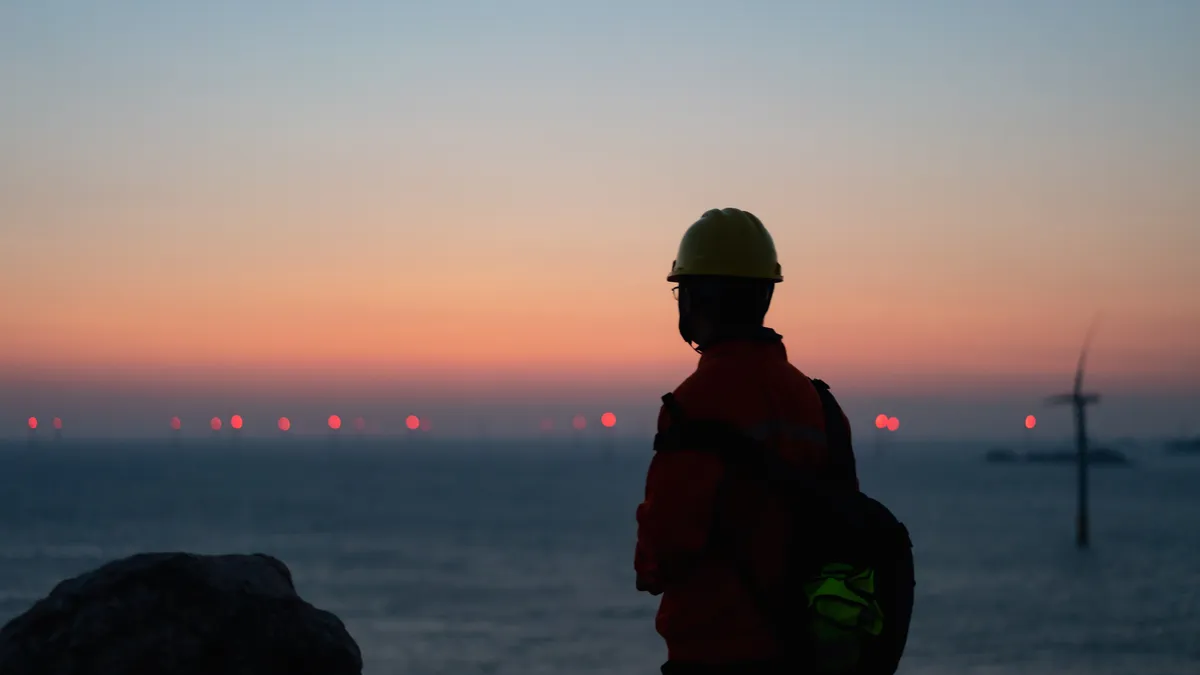Americans could — and often say they would — pay more for greener power. They just don't.
A study released this year by the University of Michigan shows that U.S. consumers are just as concerned about energy's impact on the environment as they are about its affordability. In fact, consumers say they could pay more than double their current home energy bill before they'd have to make significant changes.
“To be frank, I was surprised when we got numbers as high as we got, in terms of what they would consider unaffordable,” said John DeCicco, a research professor at the University of Michigan Energy Institute and the study's author.
Conducted quarterly, the U-M Energy Survey takes an academic look at consumers' individual concerns about energy, what it costs their households and their beliefs about its affordability, reliability and environmental impact. The survey is fielded in conjunction with the U-M Surveys of Consumers, the same longstanding survey that generates the widely reported index of consumer sentiment.
Among the study's major findings: Most Americans feel energy is affordable.
While the study did not correlate the affordability of energy with a willingness to pay more, DeCicco said its findings could help inform regulators who struggle to set rates and system priorities.
The study examined affordability by asking how expensive energy would need to be before a customer made changes to their household behavior. About 93% of consumers said they felt home energy was affordable. On average, consumers view a 140% price increase as unaffordable for home energy bills.
That means bills would have to more than double before consumers make significant changes.
“Consumers are probably more tolerant of higher energy costs than is the common perception,” DeCicco said. “We actually feel that high increase is consistent with what the economics tell us … consumer energy demand is pretty inelastic.”
Concern for the environment
Consumers are at least as concerned about the impact of energy on the environment as they are about its affordability, according to the study.
Among survey respondents, 59% said they worry "a great deal" or "a fair amount" about the environmental impact of energy, while 55% worry to the same degree about affordability.
The study found that geography plays a part when it comes to concern for the environment.
Residents of the Northeast registered the most concern with energy's environmental impact, with 68% saying they worry "a great deal" or "a fair amount.” The level of concern was lower in the South and the West, where 56% of respondents the same way.
At the end of the day, consumers still don't want to pay more for energy. But if it's cleaner, will they?
Willingness to pay more 'rarely translates ... into reality'
“What's generally found when you survey consumers about a willingness to pay, you find a certain, generally small segment of consumers that is willing to pay more,” DeCicco said. “But you also find that actually rarely translates into practice. Into reality. So there's a kind of a good intentions effect that gets revealed in those kinds of surveys.”
That's in line with what an Institute for Energy Research report showed a couple of years ago. That analysis showed the average level of participation in opt-in green pricing programs among 31 utilities studied was less than 2.1%, and two-thirds of all utilities recorded participation rates of 1% or less. More than 50% of those surveyed said they would be willing to pay more, however.
“The green pricing programs are kind of like six pack abs. Everyone says they want them, but actually when it comes time to put in that effort very few people are willing,” said Dan Simmons, vice president of policy at the energy research firm. “When it comes to these green pricing programs, very few people want to fork out actual money.”
But for DeCicco, the results should “make policy makers more comfortable about taking actions that do result in higher prices” for things like infrastructure and environmental policy.
“We're certainly not saying consumers aren't going to complain, but I don't think you're going to be disruptive to the majority of households,” he said.
Simmons takes a more conservative approach: “I believe in people's actions as a true expression of their intent as opposed to what they say. You can say anything you want but I think that public policy should be based around people's actions and not their merely their stated intentions.”
James Fine, a senior economist at the Environmental Defense Fund, points out that "there is a dramatic range in income in the United States. The 20% poorest Americans spent 22% of all their household income on energy."
Some consumers can and will pay more for cleaner energy, Fine said. "That's how green power has been provided by utilities, historically," he said. "I want more green power and I'm willing to pay a little bit of a premium."
But Fine also notes that those willing to pay more for clean energy are not always the most wealthy. There are lower income families who would be willing to pay more as well — as long as they could link that higher bill back to health benefits.
"These are households that, more often than not, are downwind of a very obvious source of pollution," Fine said. "If they can see that connection between paying a little more and seeing the health of their children improve, they are more than happy to do it."






















